Bernard Walsh jokes that there is some healthy “rivalry” between himself and his older brother, John.
“He teases me because we’re both in the drinks business: he’s milk and we’re whiskey,” he smiles.
But while his brother’s National Quality Milk award-winning dairy farm in Co Tipperary might seem a world away from the €25m Walsh Whiskey Distillery that Bernard runs in the heart of Co Carlow with his wife Rosemary, he contends that the roots of both are equally entwined in Irish agriculture.
“I wanted to bring distilling back to the farm,” he says – dressed in his trademark tweeds – as we meet at the impressive distillery and visitor centre that opened its doors in June 2016 in the heart of tillage country.
“We don’t grow vines here,” he later quips, “we grow barley and whiskey is our wine.”
One of nine (“three down, two across”) raised on a dairy farm in Ballylooby, Bernard actually started his career with Mitchelstown Creameries, after he developed a milk recording system as his final year computer science project.
He went on to enjoy an international career in software, meeting his wife Rosemary – whose family, the Mulhalls, are tillage farmers in Tullow, Co Carlow – en route.
It was actually Rosemary who inspired their original venture into the drinks industry, having taken a job running a Swiss ski chalet after studying at Ballymaloe. Every evening, she would serve Irish coffees to her guests, but realising how labour intensive this was, began to look for an easier solution.
This led to the couple’s first product, Hot Irishman: basically an Irish coffee in a bottle. Having always wanted to return to Ireland, they quit their jobs and started the company from their kitchen table using their savings.
“I remember who bought our first bottle; I remember selling our first case and pallet,” recalls Bernard of the early days.
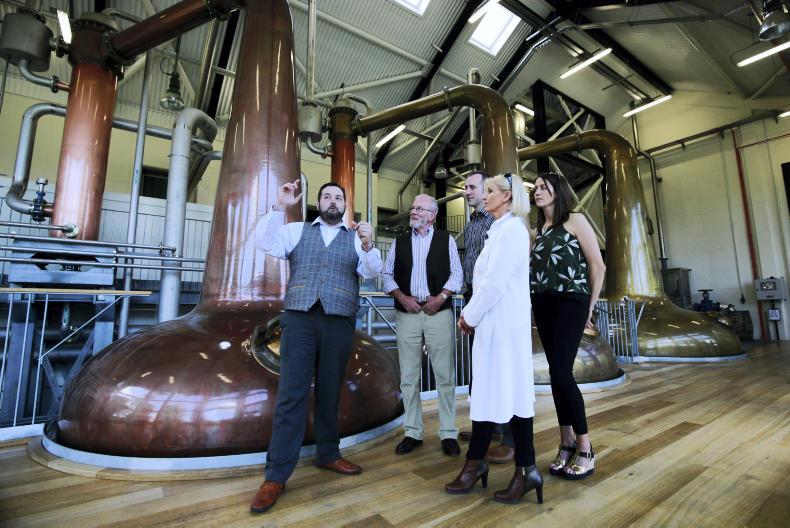
Distilling a dream
It was while sourcing the alcohol for Hot Irishman through Irish Distillers in Midleton, however, that the couple discovered the world of whiskey.
This passion saw the business develop to become Walsh Whiskey, creating unique blends such as Writers’ Tears and The Irishman at the Cork distillery, with sales currently in 45 countries worldwide, including 40 States in the US.
However, it was always their ambition to have their own distillery – specifically in the Carlow countryside. Such a dream was not going to come cheap, though, but rather than approach the banks, Bernard and Rosemary decided to look for investment from within the drinks industry itself with a trade partner who was looking to enter the Irish whiskey market.
“I got on a plane for two weeks, covering Europe and North America, and visited most of the major drinks companies,” explains Bernard. “By the time I got back, we had numerous offers on the table.”
In the end, they plumped for Italian company, Illva Saronno, which includes Tia Maria among its many brands. Bernard explains that both companies are similar in that they are family businesses but, crucially, Illva Saronno is distributed in 190 markets globally, opening up a whole new world for Walsh Whiskey.
“They had really strong distribution in places like Asia,” he says, “which is going to be the new frontier for Irish whiskey.
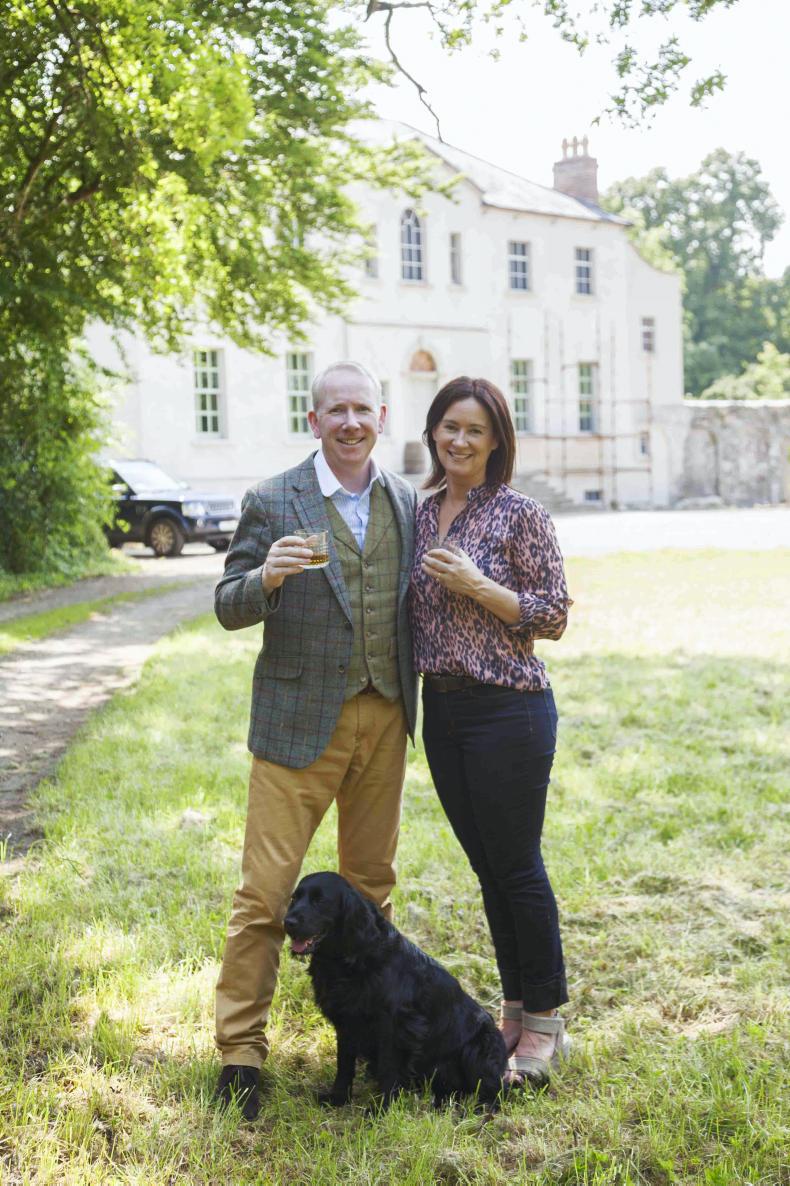
From field to bottle
Signing their deal in 2013, work began on the €25m distillery and visitor centre at the former Royal Oak estate on the banks of the River Barrow, with the support of Enterprise Ireland and Bord Bia.
Barley is sourced from Carlow and the wider southeast through Minch Malt, while there are also some specific field-to-barrel projects in the pipeline; for instance, from a local farm with links to the writer, Jonathan Swift, of Gulliver’s Travels fame.
At capacity, Walsh Whiskey will be buying 5,000 tonnes of barley locally, and producing 2.5 million litres of pure alcohol – or eight million bottles – using three methods of distillation: pot still, malt and grain. The first bottle will be ready in 2019, with Bernard explaining that they will be targeting the premium segment of the market overseas. (95% of Irish whiskey is exported.)
But how does a relatively new, family-run company compete with the more established names on the market?
“Shoe leather,” he responds, explaining how they have invested funds and time in literally walking “the streets of New York and Moscow” to build brand recognition.
While there has been a renaissance in Irish distilling in recent years, Bernard believes that the market is “far from saturated”, but acknowledges that there are risks.
“Our industry is no different to any other industry,” he reasons. “Some farmers will come and go, some food products will come and go and some whiskey brands will come and go and that’s just going to be the nature of it.
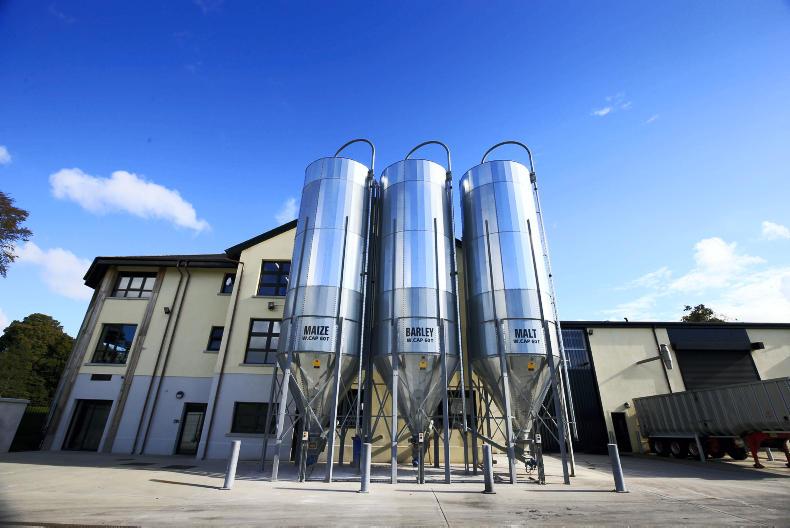
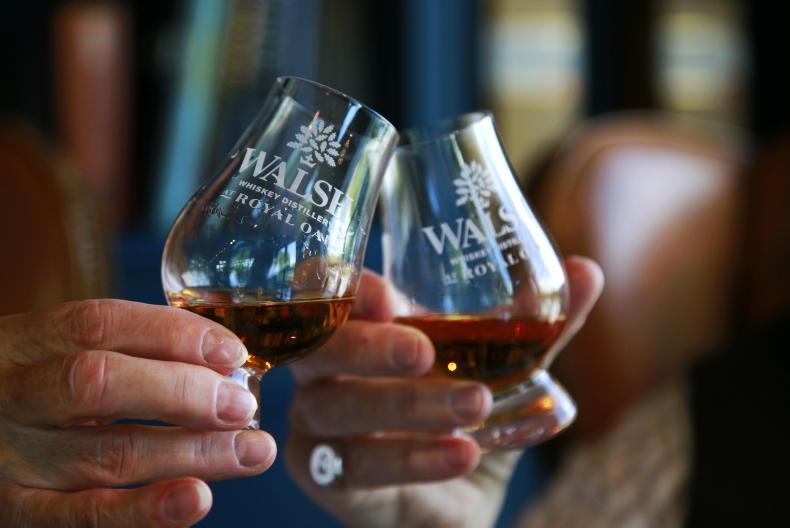
“We hope everybody succeeds but, unfortunately, some won’t. However, as far as the whiskey market is concerned, we’re still at the small end.
“We’re fifth in the world behind the Japanese, we’re behind the Canadians, the Americans, we’re behind the Scots, where once we dominated, so we have a long way to go, but it’s all about quality.
“If the Irish stick to producing quality whiskey, we have a great chance long term – and no short cuts.”
There have certainly been no short cuts where Royal Oak is concerned. As well as offering tours of the impressive facility, restoration work is also ongoing on the 18th century Georgian house and walled gardens on site, with 40 full-time staff employed, as well as several part-time.
“It’s a huge responsibility,” says Bernard of the commitment to the company he shares with Rosemary and their four daughters; Izzy, Allanah, Sophie and Kate.
But, at the end of the day, just like milk versus whiskey, he reckons it’s not all that different from the agri world.
“All farmers are entrepreneurs. They have to survive on their wits and there’s no real support mechanism. So when you’re out on your own, if you can’t make and sell, you’re out of a job,” he says.
“You’ve got to both make and sell –and the farmer’s got to do the same.”
For further information, visit www.walshwhiskey.com
Read more
Meet the Irish woman behind one of Britain's best-selling craft gins
How Bertha got her revenge
Bernard Walsh jokes that there is some healthy “rivalry” between himself and his older brother, John.
“He teases me because we’re both in the drinks business: he’s milk and we’re whiskey,” he smiles.
But while his brother’s National Quality Milk award-winning dairy farm in Co Tipperary might seem a world away from the €25m Walsh Whiskey Distillery that Bernard runs in the heart of Co Carlow with his wife Rosemary, he contends that the roots of both are equally entwined in Irish agriculture.
“I wanted to bring distilling back to the farm,” he says – dressed in his trademark tweeds – as we meet at the impressive distillery and visitor centre that opened its doors in June 2016 in the heart of tillage country.
“We don’t grow vines here,” he later quips, “we grow barley and whiskey is our wine.”
One of nine (“three down, two across”) raised on a dairy farm in Ballylooby, Bernard actually started his career with Mitchelstown Creameries, after he developed a milk recording system as his final year computer science project.
He went on to enjoy an international career in software, meeting his wife Rosemary – whose family, the Mulhalls, are tillage farmers in Tullow, Co Carlow – en route.
It was actually Rosemary who inspired their original venture into the drinks industry, having taken a job running a Swiss ski chalet after studying at Ballymaloe. Every evening, she would serve Irish coffees to her guests, but realising how labour intensive this was, began to look for an easier solution.
This led to the couple’s first product, Hot Irishman: basically an Irish coffee in a bottle. Having always wanted to return to Ireland, they quit their jobs and started the company from their kitchen table using their savings.
“I remember who bought our first bottle; I remember selling our first case and pallet,” recalls Bernard of the early days.

Distilling a dream
It was while sourcing the alcohol for Hot Irishman through Irish Distillers in Midleton, however, that the couple discovered the world of whiskey.
This passion saw the business develop to become Walsh Whiskey, creating unique blends such as Writers’ Tears and The Irishman at the Cork distillery, with sales currently in 45 countries worldwide, including 40 States in the US.
However, it was always their ambition to have their own distillery – specifically in the Carlow countryside. Such a dream was not going to come cheap, though, but rather than approach the banks, Bernard and Rosemary decided to look for investment from within the drinks industry itself with a trade partner who was looking to enter the Irish whiskey market.
“I got on a plane for two weeks, covering Europe and North America, and visited most of the major drinks companies,” explains Bernard. “By the time I got back, we had numerous offers on the table.”
In the end, they plumped for Italian company, Illva Saronno, which includes Tia Maria among its many brands. Bernard explains that both companies are similar in that they are family businesses but, crucially, Illva Saronno is distributed in 190 markets globally, opening up a whole new world for Walsh Whiskey.
“They had really strong distribution in places like Asia,” he says, “which is going to be the new frontier for Irish whiskey.

From field to bottle
Signing their deal in 2013, work began on the €25m distillery and visitor centre at the former Royal Oak estate on the banks of the River Barrow, with the support of Enterprise Ireland and Bord Bia.
Barley is sourced from Carlow and the wider southeast through Minch Malt, while there are also some specific field-to-barrel projects in the pipeline; for instance, from a local farm with links to the writer, Jonathan Swift, of Gulliver’s Travels fame.
At capacity, Walsh Whiskey will be buying 5,000 tonnes of barley locally, and producing 2.5 million litres of pure alcohol – or eight million bottles – using three methods of distillation: pot still, malt and grain. The first bottle will be ready in 2019, with Bernard explaining that they will be targeting the premium segment of the market overseas. (95% of Irish whiskey is exported.)
But how does a relatively new, family-run company compete with the more established names on the market?
“Shoe leather,” he responds, explaining how they have invested funds and time in literally walking “the streets of New York and Moscow” to build brand recognition.
While there has been a renaissance in Irish distilling in recent years, Bernard believes that the market is “far from saturated”, but acknowledges that there are risks.
“Our industry is no different to any other industry,” he reasons. “Some farmers will come and go, some food products will come and go and some whiskey brands will come and go and that’s just going to be the nature of it.


“We hope everybody succeeds but, unfortunately, some won’t. However, as far as the whiskey market is concerned, we’re still at the small end.
“We’re fifth in the world behind the Japanese, we’re behind the Canadians, the Americans, we’re behind the Scots, where once we dominated, so we have a long way to go, but it’s all about quality.
“If the Irish stick to producing quality whiskey, we have a great chance long term – and no short cuts.”
There have certainly been no short cuts where Royal Oak is concerned. As well as offering tours of the impressive facility, restoration work is also ongoing on the 18th century Georgian house and walled gardens on site, with 40 full-time staff employed, as well as several part-time.
“It’s a huge responsibility,” says Bernard of the commitment to the company he shares with Rosemary and their four daughters; Izzy, Allanah, Sophie and Kate.
But, at the end of the day, just like milk versus whiskey, he reckons it’s not all that different from the agri world.
“All farmers are entrepreneurs. They have to survive on their wits and there’s no real support mechanism. So when you’re out on your own, if you can’t make and sell, you’re out of a job,” he says.
“You’ve got to both make and sell –and the farmer’s got to do the same.”
For further information, visit www.walshwhiskey.com
Read more
Meet the Irish woman behind one of Britain's best-selling craft gins
How Bertha got her revenge








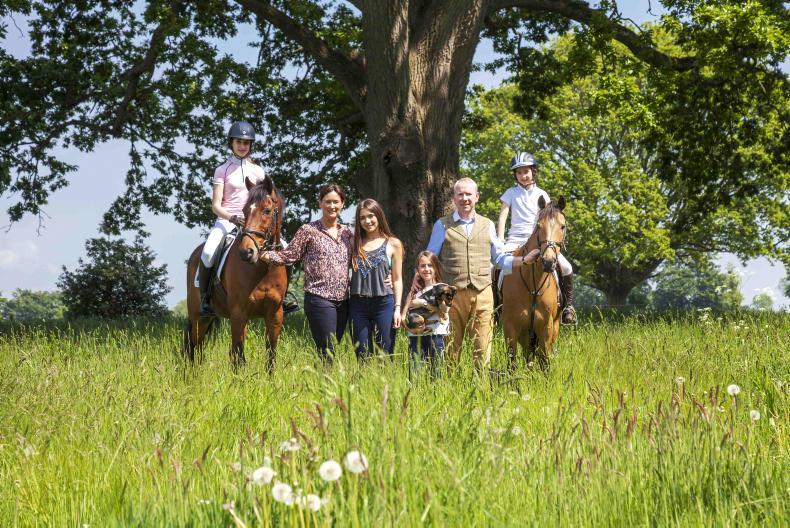
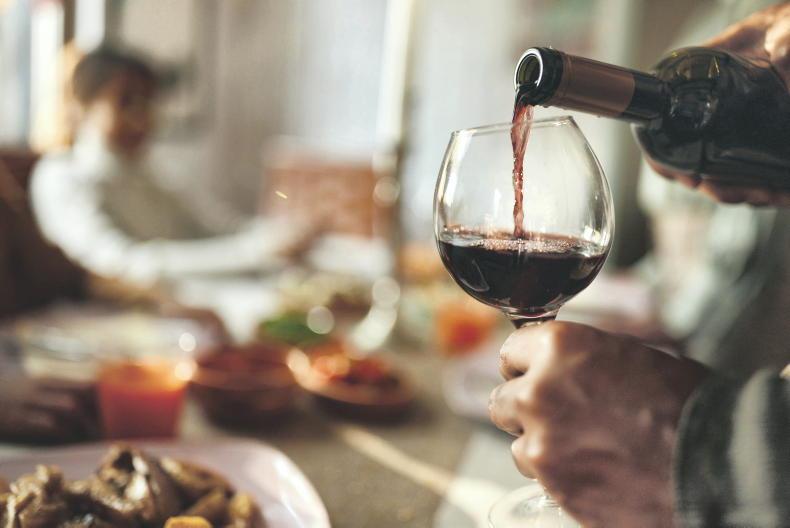
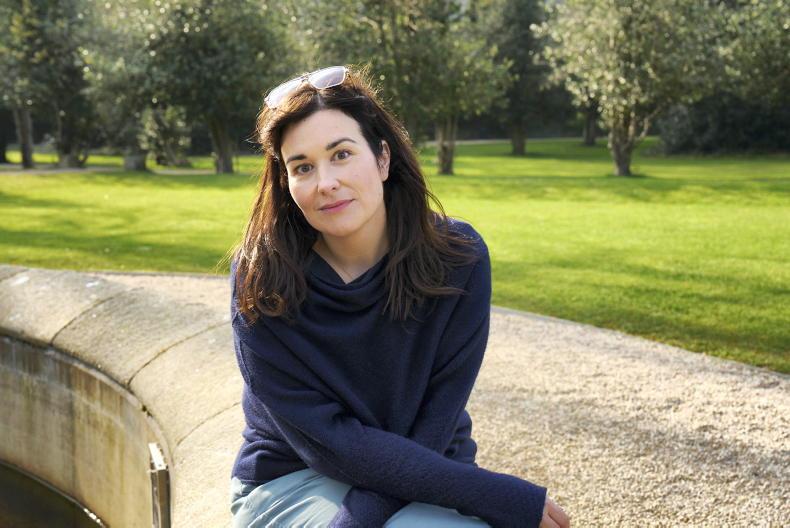

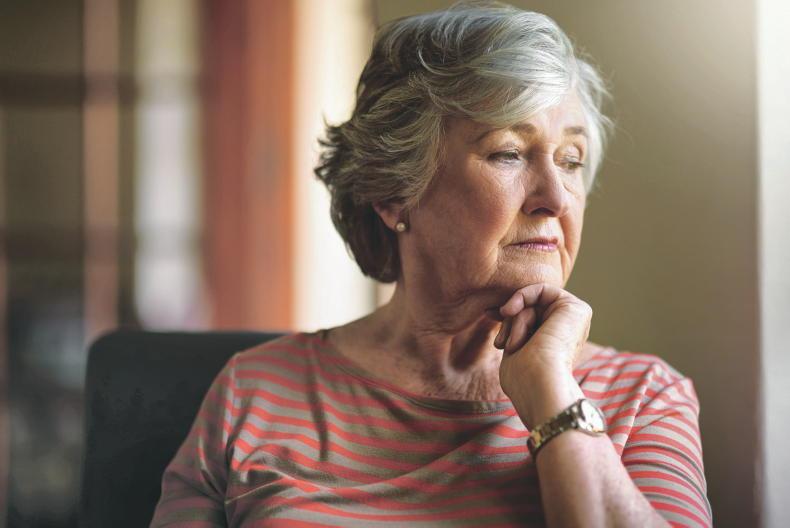
SHARING OPTIONS